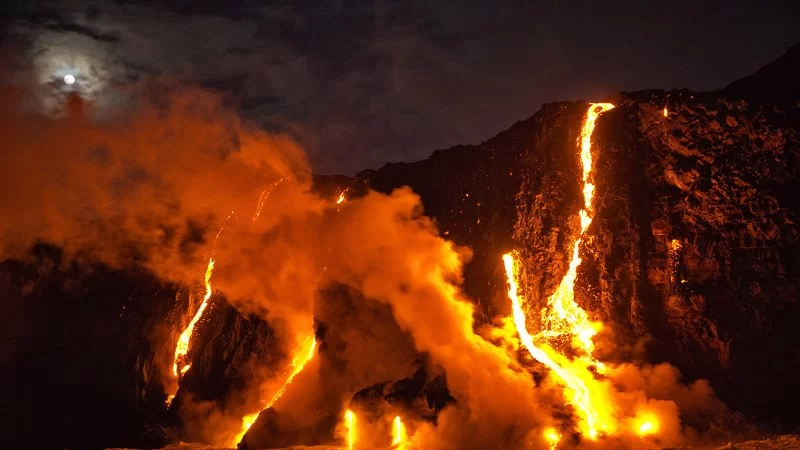- 1 - Understanding Volcanic Risk When Car Camping
- 2 - Choosing a Safe Camping Location
- 3 - Building Your Volcanic Eruption Emergency Kit
- 4 - Monitoring Volcano Activity and Alerts
- 5 - Real-Life Camping Stories and Lessons Learned
- 6 - Staying Calm and Evacuating Safely
1. Understanding Volcanic Risk When Car Camping
Camping near a volcano can be an unforgettable experience, offering breathtaking landscapes and unique geological wonders. However, volcanic eruptions can occur with little warning, bringing dangers such as lava flows, ash clouds, and toxic gases. Being aware of the specific volcano’s activity level and history is crucial. Before setting out, research the volcano’s eruption patterns and consult local geological surveys to assess the level of risk.
2. Choosing a Safe Camping Location
While it may be tempting to camp as close as possible to the volcano for stunning views, safety should always come first. Select campsites that are outside high-risk zones, such as lava flow paths or areas prone to lahars (volcanic mudflows). If you’re car camping, having a quick escape route is vital—choose a location near accessible roads and away from steep, narrow paths that could be blocked by debris. Pine Cliff Resort often recommends mapping multiple evacuation routes in advance for peace of mind.
3. Building Your Volcanic Eruption Emergency Kit
Preparedness begins with having the right gear. An eruption emergency kit should include N95 masks or respirators to filter volcanic ash, goggles to protect your eyes, a first aid kit, extra water, and non-perishable food. Keep heavy-duty plastic sheeting and duct tape in your vehicle to seal vents in case of ashfall. Having a charged power bank and a reliable flashlight with spare batteries can make a significant difference during a night evacuation.
4. Monitoring Volcano Activity and Alerts
Modern technology offers real-time tools for monitoring volcanic activity. Before and during your trip, follow updates from local geological agencies and enable emergency alerts on your phone. Some campers use portable emergency radios to stay connected when cellular service is unreliable. If you notice unusual signs—like sudden ground vibrations, changes in gas emissions, or increased rumbling—treat them seriously and prepare to leave immediately.
5. Real-Life Camping Stories and Lessons Learned
One group of campers in Hawaii shared how their peaceful night near Mauna Loa turned urgent when alerts warned of possible fissure openings. Their preparedness—keeping their car packed, with masks and water ready—allowed them to evacuate within minutes. Another traveler in Iceland learned firsthand the importance of goggles after a sudden ash gust from a distant eruption made driving nearly impossible without eye protection. These stories underline the value of staying ready and aware at all times.
6. Staying Calm and Evacuating Safely
In the event of an eruption, staying calm is critical. Avoid driving through ash clouds if possible, as they can reduce visibility and damage your vehicle’s engine. Follow pre-planned evacuation routes, listen to official guidance, and avoid low-lying areas where lahars can form rapidly. Once you’ve reached a safe location, inform friends or family of your status. Being prepared, both mentally and logistically, will make the difference between panic and control in a volcanic emergency.







